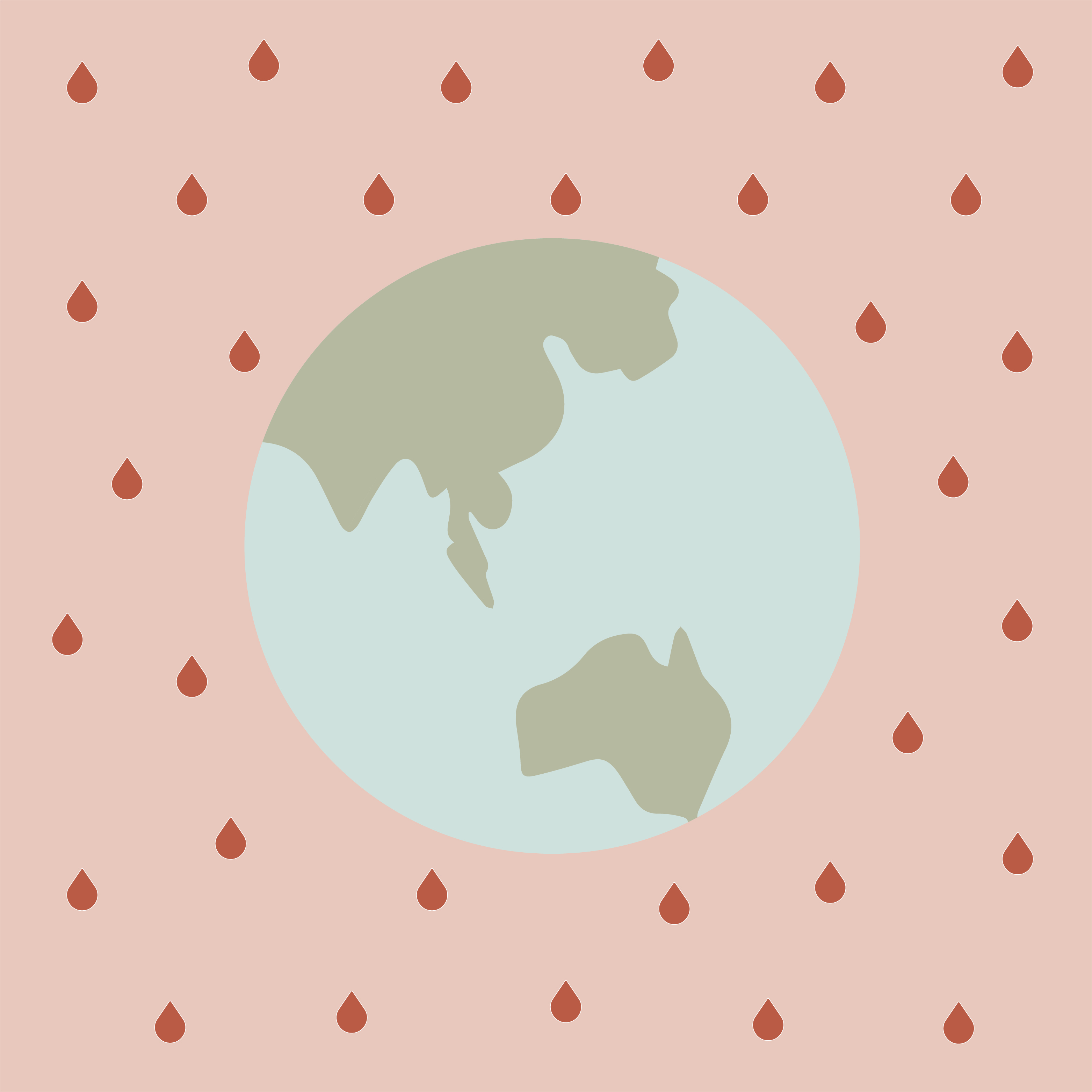Sep 08, 2020
A GYNAECOLOGIST'S OPINION ON MENSTRUAL CUPS
Whether you’re considering the change to a menstrual cup for environmental or health reasons, or out of pure curiosity, there’s a lot of questions (and myths) when it comes to period cups. We asked gynaecologist and fertility specialist Dr Raelia Lew to share her expert opinion on menstrual cups and answer some of the most frequently asked cup-related questions.
Dr. R
aelia Lew - CREI Fertility specialist, Gynaecologist and the Director of Women’s Health Melbourne.
Menstrual cups are an increasingly popular choice for environmentally conscious period care, but as a new option, they can seem very different and even overwhelming to those who have only used traditional period products.
To answer your most commonly asked questions, we called on Dr Raelia Lew, a fertility specialist, gynaecologist and the Director of Women’s Health Melbourne, to give us a gynaecologist opinion on menstrual cups.
DO YOU RECOMMEND MENSTRUAL CUPS?
I certainly do. As a reusable, sustainable and convenient period care option, I recommend cups for any woman who is comfortable using an intra-vaginal method. A period cup doesn’t need to be changed as much as a pad or tampon, which helps to minimise your impact on the environment. Cups also don’t have the risk of toxic shock syndrome that tampons can have.
ARE THERE ANY SITUATIONS WHERE USING A PERIOD CUP MAY NOT BE SUITABLE FOR SOMEONE?
A menstrual cup is not suitable for women with severe clinical uterine prolapse, but all women with normal anatomy should be able to comfortably use a menstrual cup.
Period cups may be less suitable for women who experience cervical or vaginal prolapse after childbirth. Cups are not suitable for any situation where a risk of infection is present, such as immediately post-surgery or immediately after giving birth.
WHAT ARE THE MOST COMMON QUESTIONS YOU GET ASKED BY PATIENTS ON MENSTRUAL CUPS?
Logistical issues like how to choose a size and insertion technique are the biggest ones. Like anything new, there is a learning curve, but it’s manageable and worth the effort.
ARE THERE ANY POTENTIAL MENSTRUAL CUP DANGERS OF USING A PERIOD CUP?
If a woman has an IUCD (a contraceptive device inserted into the uterus) in place, it’s important to break the seal with a finger prior to withdrawing a menstrual cup to ensure there is no danger that they could dislodge their IUCD.
You also have to choose the right time and place to empty and replace your cup – ideally a bathroom with a sink in the same private space. Public restrooms with communal washbasin areas are far from ideal!
ARE CUPS SUITABLE FOR ALL CERVIX LENGTHS AND HOW DO YOU MEASURE YOUR CERVIX? CAN I USE A MENSTRUAL CUP WITH A TILTED CERVIX?
The cervix is a bit like the nose: there’s a wide variety of shapes and sizes, all within a broad range of normal.
Most women can use their index or middle finger to measure their cervix, using the number of finger joints inserted into the vagina until the cervix is reached as a guide. The average length, requiring a medium-sized cup, corresponds to inserting a finger up to and just beyond the second joint of your index finger. If you notice it is either shorter or longer than average, you can try sizing up or down.
A simple way to understand the height of your cervix.
WHY DO SOME WOMEN EXPERIENCE MENSTRUAL CUP CERVICAL PAIN OR PRESSURE ON THEIR BLADDER, AND WHAT CAN THEY DO ABOUT IT?
The vagina and female urinary system are closely related but completely separate. A menstrual cup in the vagina cannot interfere with urination, but the anterior (front) wall of the vagina is intimately associated with the bladder and a wrong-sized or poorly placed menstrual cup can cause bladder pressure symptoms. If you experience this, try reinserting the cup a little higher, or trialling a smaller size.
WHAT ARE YOUR RECOMMENDATIONS FOR WOMEN STRUGGLING WITH INSERTION/REMOVAL AND ESTABLISHING A SEAL FOR THEIR CUP?
Familiarising yourself with your anatomy and feeling comfortable inserting the cup is key. If you’ve inserted the cup and aren’t confident that you have it fully sealed, try again.
A squatting position is easier and more natural to both insert and remove a menstrual cup. Play with the cup before use, familiarise yourself with its contours and always gently break the seal using your finger prior to removing your menstrual cup. Go slow. With practice you will gain confidence and feel like an expert in no time.
Learn more about our reusable period products here or shop our Period Cup online here or at Coles, Chemist Warehouse, Amazon and retailers across Australia.
A GYNAECOLOGIST'S OPINION ON MENSTRUAL CUPS
Blogs

EXPLORING PERIOD CARE IN CULTURES AROUND THE WORLD
Our TOM Talks panelist Sabina McKenna explores how different cultures around the world approach period care.

STOP APOLOGISING FOR HAVING YOUR PERIOD
Our TOM Talks panelist Mel Mason talks about the importance of not apologising for having your period.

STRESSED? NOT SLEEPING? TRYING TO CONCEIVE?
TOM Talk's panelist Georgia Hartmann discussed the links between stress, sleep and fertility.

STRESS AND HOW IT AFFECTS YOUR SEX DRIVE
Certified sex coach Georgia Grace is here to unpack the link between stress and sex.
Products